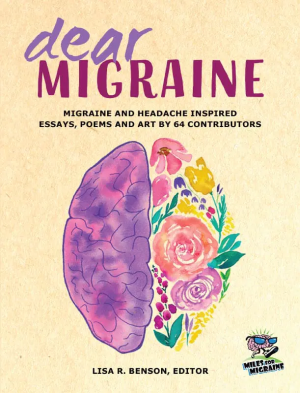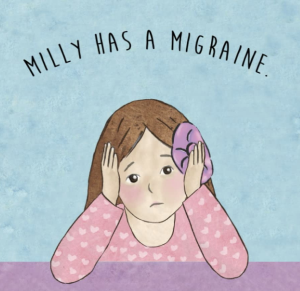New Migraine Book Reminds Us, We’re Not Alone
A new book is not only reminding us that we’re not alone, but also being used to raise money to fight migraine.

It’s not the only one of its kind, but let’s face it, it’s been a full 15 years since the beautiful Migraine Expressions was published (a book I would still recommend, by the way!). It’s certainly time for another chapter in the story.
This book comes from a different source – our friends at Miles for Migraine. You’re probably familiar with the Run/Walk/Relax events that has made Miles for Migraine famous for raising awareness and raising funds. If there’s a season for these events, it tends to be more February to April, with a few other events later on. But the organization has expanded quite a bit in recent years, offering many other events and support groups online and offline, as well as resources and training. All the while, they help provide funds for migraine treatment and research.
But off-season or not, this is the season for giving, and the new book Dear Migraine: Migraine and headache inspired essays, poems and art is out just in time for Christmas. You might want to get it for a migraineur, or perhaps for a close friend or family member, to help them understand. As it says in the official promo:
Inside these pages you will find works that illustrate pain and struggle, but also laughter, insights, and inspiration. The words and visuals in this book are by 64 contributors who have all been affected by migraine and headache diseases.
Dear Migraine
But besides the value of the book itself, proceeds from the sales will go toward the work of Miles for Migraine. That’s how you give twice! Give through the links in this post, and you’ll also support the work of this website. That’s giving three ways at once! I think that’s the best I can do for today. 🙂
A special thanks to all of those who contributed!





